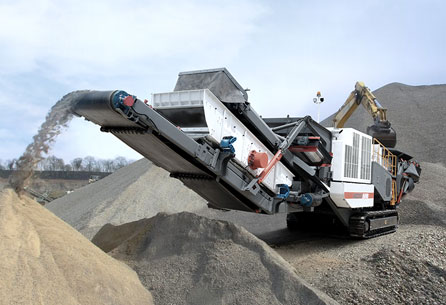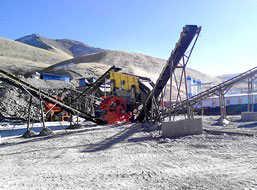Tailings mineral concentration refers to the process of recovering valuable minerals from mine tailings—the waste materials left over after the extraction of economically valuable components from ore. Tailings often contain residual amounts of metals, rare earth elements, or other minerals that may become economically viable to extract due to advances in technology or changes in market conditions.
 Key Aspects of Tailings Mineral Concentration:
Key Aspects of Tailings Mineral Concentration:
1. Composition Analysis
– Tailings are analyzed to determine the remaining mineral content (e.g., gold, copper, iron, rare earth elements).
– Techniques like X-ray fluorescence (XRF), atomic absorption spectroscopy (AAS), and scanning electron microscopy (SEM) are used.
2. Processing Methods
– Gravity Separation: Used for heavy minerals like gold or tungsten (e.g., spirals, shaking tables).
– Magnetic Separation: Effective for iron-bearing minerals (e.g., magnetite).
– Flotation: Recovers sulfide minerals (e.g., copper, lead, zinc) using chemical reagents.
– Leaching: Chemical extraction (e.g., cyanide for gold, acid for copper).
– Hydrometallurgy: Solvent extraction and electrowinning for metals like copper.
3. Environmental & Economic Considerations
– Reprocessing tailings reduces environmental hazards (e.g., acid mine drainage).
– Cost depends on mineral prices, processing efficiency, and regulatory compliance.
4. Challenges
– Low mineral grades may require advanced beneficiation techniques.
– Tailings stabilit ust be maintained during reprocessing to prevent dam failures.
ust be maintained during reprocessing to prevent dam failures.
Applications:
– Recovery of precious metals (gold, silver) from old mine waste.
– Extraction of critical minerals (rare earths, cobalt) for green technologies.
– Production of construction materials (sand, aggregates) from inert tailings.
Would you like details on specific tailings reprocessing technologies or case studies?





Leave a Reply